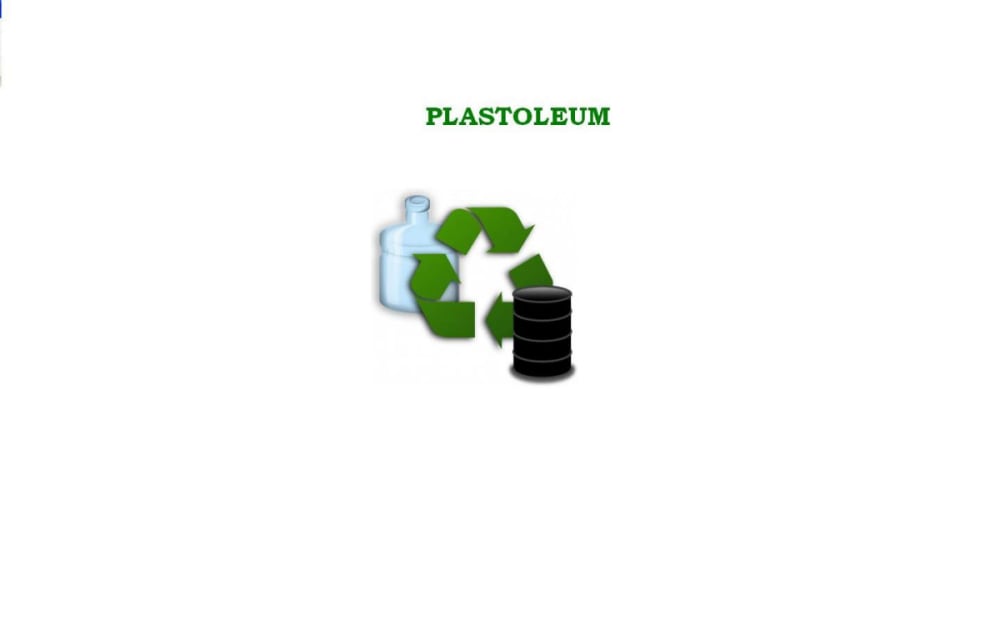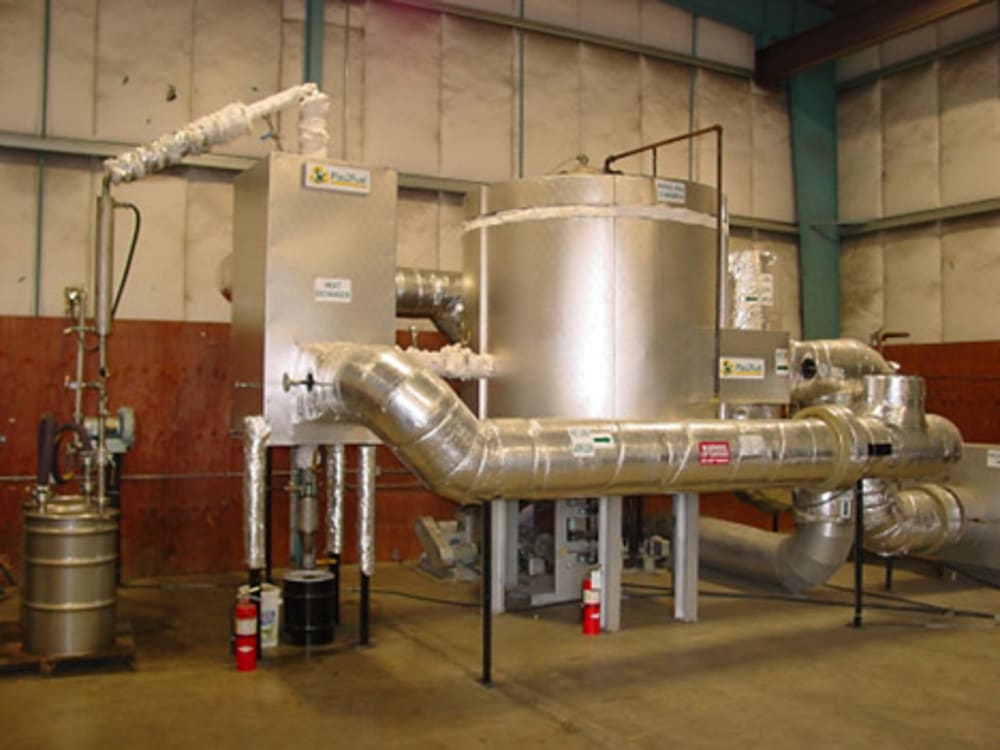Petroleum and plastic cannot be explained discretely, as plastic is nothing but one of the many useful products derived by processing petroleum. Plastic is obtained when crude petroleum is processed and treated with a few other additives. This would basically make plastic a polymer of hydrocarbon with few other elements.
If plastic can be made from hydrocarbons they can also be reverted back into oil. This has already been proven by experiments and trials have also come out fruitful.We intend to propose a processing unit to use this waste and get some fuel. The pros in this are two fold. First being reducing environmental pollution to a great extent and second, to get more of the black gold, both of which are the dire needs of the hour.
Degradation of polymer in plastic occurs when the long chain of monomers breaks at certain points. Plastic waste can be converted into liquid hydrocarbons by random de-polymerisation. The process is carried out in a specially designed reactor in the absence of oxygen and with Zadgaonkar’s catalytic additive and Solar furnaces.
Maximum reaction temperature is 350deg C and there is total conversion of waste plastic into value-added fuel products.
The intended technology shall use a process called catalytic pyrolysis and infrared source with different range of frequencies (backup), which can act on hydrocarbon materials to efficiently convert plastics to crude oil. Forced air, heated by solar furnaces/burner, shall be used to indirectly heat the feedstock inside the process vessel. The energy transferred to the plastic feedstock from the burner shall be used to depolymerise, or crack, the plastic into synthetic crude oil.
Oil shall be chromatographically removed from the waste plastic and aggregated from several vessels for on-site micro-refinement.A single module is expected to produce up to >750 litres of crude oil for every ton of typical plastic waste processed. System capacity can range from 200 tons to 400 tons of plastic wastes processed per month.
The natural gas and sludge left over after oil extraction from plastic waste shall be used to run the (backup) far infrared ray heating system that breaks down the plastic fed into the generator. This technology is extremely safe. And because the system does not incinerate the plastic, there is little cleanup involved and there are virtually no emissions.The technology shall be capable of breaking down any plastic waste into oil, though some plastics may produce more oil than others.
A reactor shall convert waste plastic feedstock into oil through low temperature thermal cracking (Using Solar furnaces) in a vacuum, extracting the hydrocarbons embedded in petroleum-based plastic waste with the use of a catalyst. Some of the by-products of the conversion process may be made use to power the unit. Vent gas may be recycled to provide electricity and excess oil residue is transformed into emulsified heavy oil.This is carbon negative as an oil producer and the CO2 released by the reactor shall be minimal.All types of plastics can be transformed into oil using this technology.
Like this entry?
-
About the Entrant
- Name:Muthukumaran Venkatachalapathy
- Type of entry:teamTeam members:Muthukumaran V and Thawfeek Mohammed
- Hardware used for this entry:ReactorsSoftware used for this entry:Comsol for Reaction kinetics
- Patent status:none





